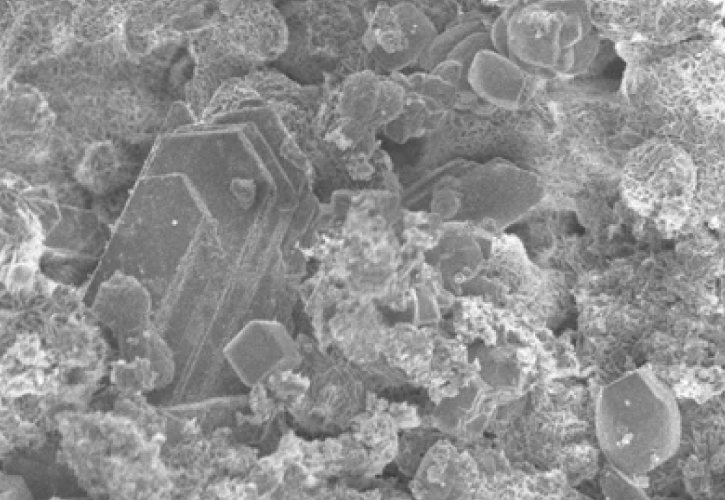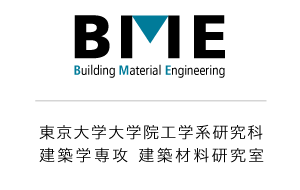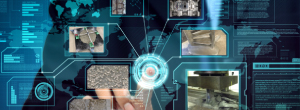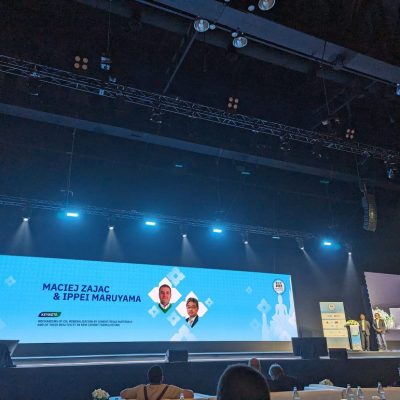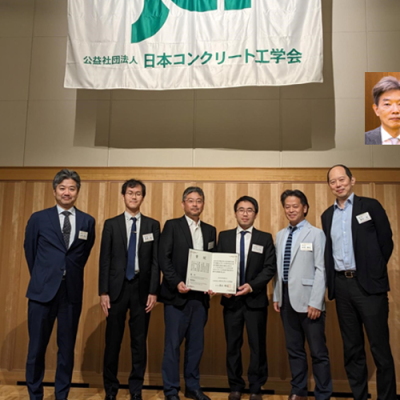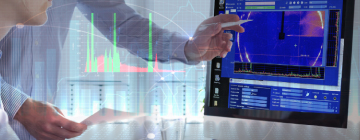To enroll in a laboratory within the Graduate School of Engineering at the University of Tokyo, it is necessary to take the graduate school entrance examination. Information on past examinations can be found at the link below, and I recommend reviewing the relevant details under the Department of Architecture. Please note that formats and requirements change annually; therefore, you must regularly check the website to confirm whether the information you read now will still apply when you plan to apply.
https://www.t.u-tokyo.ac.jp/en/study-at-utokyo/soe/apply
In the Department of Architecture, the entrance examination is typically held only once a year, in August; no other sessions are offered. The examination is conducted in person, not online, and no exceptions are permitted. Admission is possible either in October of the same year as the examination or in April of the following year (for example, candidates who take the exam in August 2026 may enroll in October 2026 or April 2027).
The examination covers a wide range of subjects related to architecture. The purpose is to assess whether applicants possess the fundamental knowledge required to take master’s or doctoral courses and to carry out research successfully. Please be aware that the examination subjects differ for international students and domestic students, so you should read the documents carefully at the link above.
In the Master’s course, credits are obtained through both coursework and research activities. In the Doctoral course, apart from the mandatory ethics course and a few fundamental subjects required for engineering researchers and practitioners, no courses are compulsory; students may freely choose additional courses according to their interests.
Before enrollment, there exists a system called the Self-supporting Research Student for Admission, under which a student may stay at the university for six months at their own expense, provided they have secured permission from their prospective academic supervisor. In the Department of Architecture, applicants intending to pursue a Doctoral program are strongly encouraged to utilize this system unless they are admitted through another special entrance exam. However, applicants to the Master’s program are not permitted to use this system and are expected to apply directly through the entrance examination.
For those who intend to secure scholarships before enrollment, it is essential to apply through the MEXT Scholarship program through Japanese Embassies (Embassy Recommendation). Please check the following website regularly, and it is strongly recommended to carefully read all linked documents as well. Note that the details and application formats change annually, so please pay close attention:
https://ois.t.u-tokyo.ac.jp/admission/embassy_R_eng.html
There is also a so-called University Recommendation pathway; however, at the University of Tokyo, this is normally applicable only to students who are already enrolled, and not to those who have not yet entered the admission process.
Depending on the research theme, it may be possible to employ a student as a Research Assistant (RA) through participation in a laboratory project. However, this arrangement can only be processed after enrollment, and therefore a certain amount of time is required before salary payments can begin. In some projects, salary disbursement may be difficult during the transition between fiscal years (February to May).
With respect to experimental work, substantial costs are involved. It is therefore not feasible for students to independently conduct large-scale experiments outside the framework of an existing project. While I can allow a certain degree of flexibility at my discretion, it is preferable for the student’s interests to align with one of the ongoing research projects. For this reason, after enrollment is confirmed, we conduct detailed discussions to align the student’s research interests with feasible project components and develop a realistic research plan.
At present, the Maruyama laboratory is engaged in the following research areas:
• Structural characterization of C–S–H and other hydrates; evaluation of water sensitivity
• Reaction mechanisms of cement, AAMs, and geopolymers; mechanisms of pore structure formation
• Mechanisms of volumetric changes (autogenous shrinkage, drying shrinkage, thermal expansion, creep) in cement, AAMs, and geopolymers
• Moisture transport, volumetric changes, and property alterations in wood-based materials
• Carbonation mechanisms of cementitious materials (including carbonation curing) and resulting changes in hardened properties
• Neutron and gamma-ray radiation-induced degradation mechanisms in cementitious materials and rocks
• Electrical properties of cementitious materials and geopolymers, and their applications to low-cost energy storage and sensing technologies
• Molecular dynamics and first-principles calculations for the understanding and design of construction materials and novel material development
• Nanostructural evaluation of cementitious materials using synchrotron facilities (Spring-8 for X-ray, J-PARC for neutrons, NanoTerasu for soft X-rays, KEK, Aichi Synchrotron, etc.)
• Structural performance evaluation of 3D-printed structures and development of numerical simulation tools
• Development of multiscale spatio-temporal analysis programs for concrete structures

